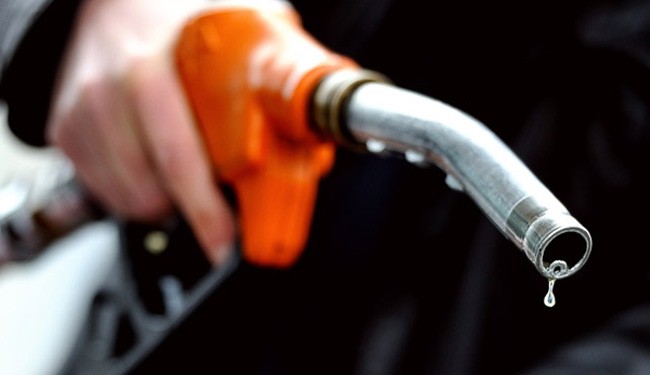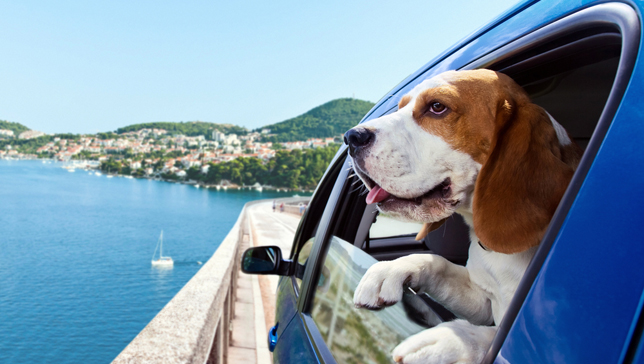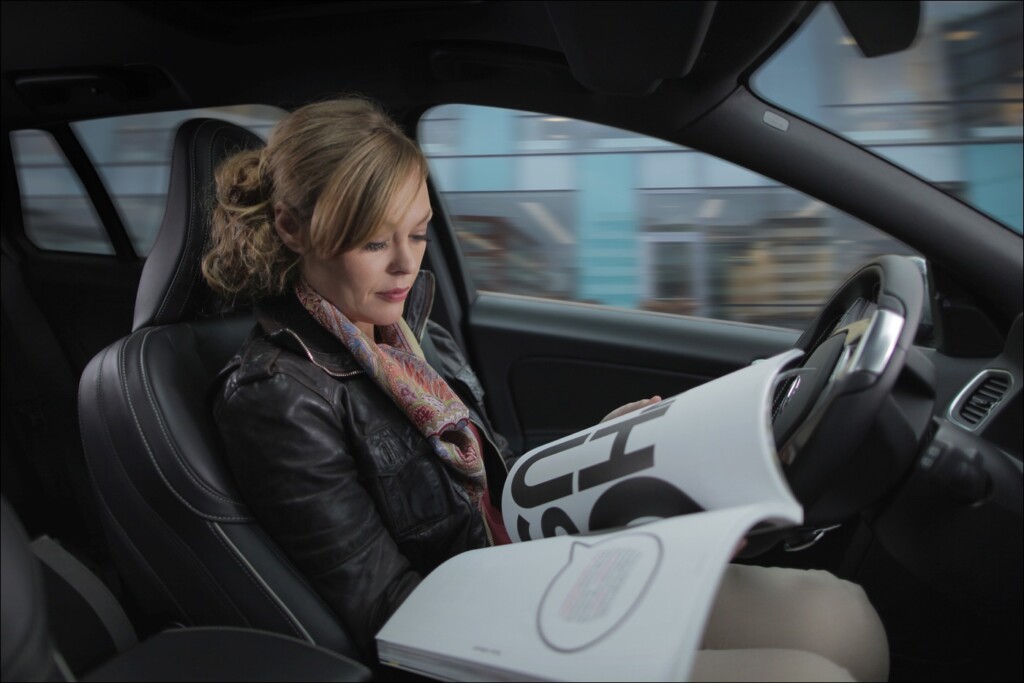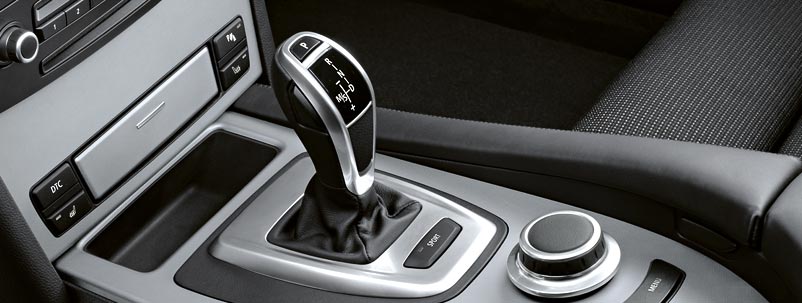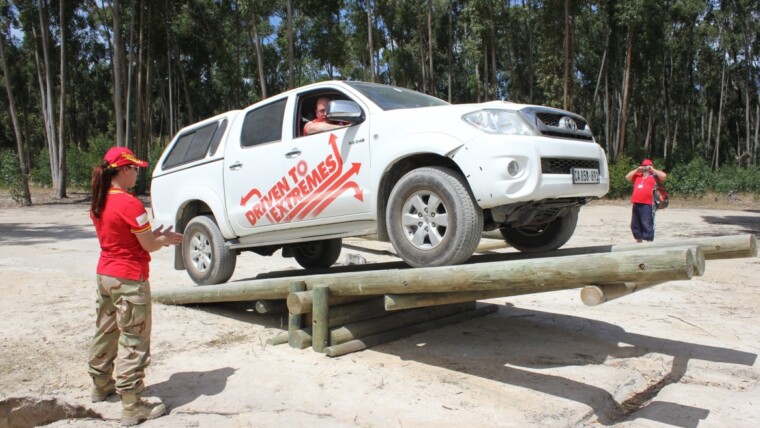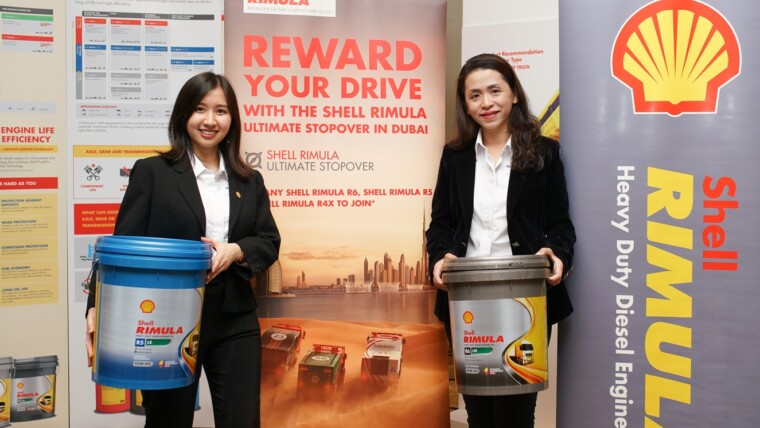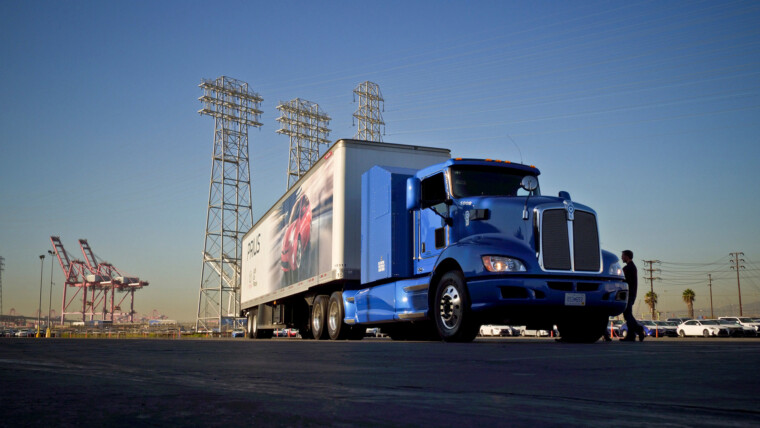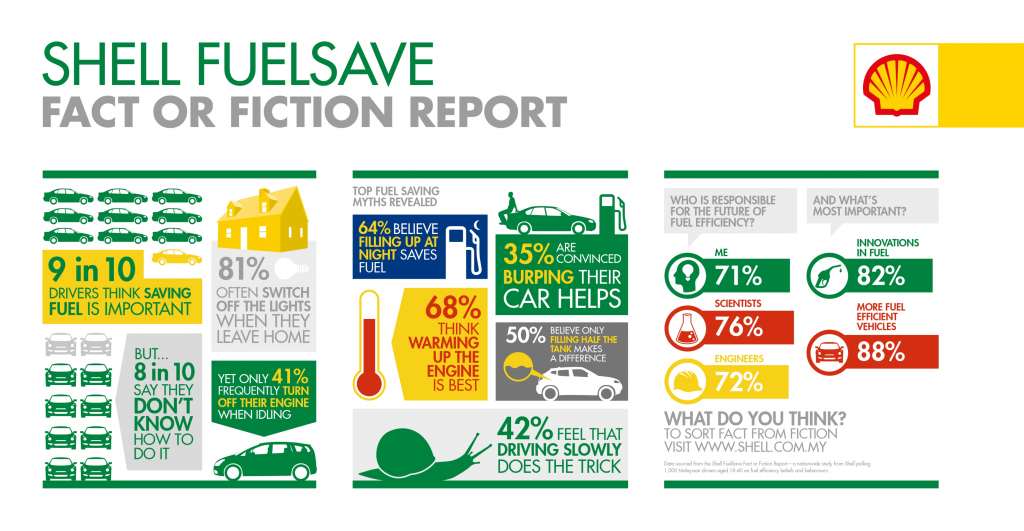 Shell has released a FuelSave Fact or Fiction Study that debunks what consumers commonly believe when it comes to saving fuel. This study polled 7,000 drivers aged 18-40 in Malaysia, Philippines, Thailand, Singapore, India, Pakistan, and Vietnam, where they reveal the extraordinary lengths drivers will go to in order to save fuel – including practicing some peculiar fuel efficiency myths. This study also explains why these fuel saving ‘myths’ don’t improve your fuel efficiency. So let’s have a look!
Shell has released a FuelSave Fact or Fiction Study that debunks what consumers commonly believe when it comes to saving fuel. This study polled 7,000 drivers aged 18-40 in Malaysia, Philippines, Thailand, Singapore, India, Pakistan, and Vietnam, where they reveal the extraordinary lengths drivers will go to in order to save fuel – including practicing some peculiar fuel efficiency myths. This study also explains why these fuel saving ‘myths’ don’t improve your fuel efficiency. So let’s have a look!
1. ‘Burping’ the car by bouncing it immediately after filling releases air pockets, making you more fuel efficient.
FICTION! The truth is…The fuel tank and filler pipes in modern vehicles are designed to avoid air pockets from forming. Modern fuels have also been developed to avoid foaming, especially in Diesel fuel. Fuel efficiency is achieved through smarter driving behaviour, and is not related to a marginal increase in the amount of fuel in the tank.
2. Filling up at night when it is cooler allows you to fit more fuel in the tank, making you more efficient.
FICTION! The truth is…Although liquids do expand and contract as they heat-up and cool-down, fuel at petrol-station forecourts is stored underground in bulk volumes of 10,000-litres or more, therefore the impact of the fluctuations in the outside temperature during the course of the day has a minimal impact on the volume of the fuel.
3. Using AC burns less fuel than driving with the windows down as there is no wind resistance.
FICTION! The truth is…Wind resistance only decreases fuel efficiency when you reach speeds above 50mph/80kmph. Air conditioning (AC) puts added strain on the engine and uses fuel to operate. Therefore, use the AC sparingly. When driving at low speeds it is most fuel efficient to wind down the window or use the fan instead of the AC. When traveling at high speeds, keep the windows up and use the AC or fan.
4. Continuing to add fuel to the tank when it is full makes you more fuel efficient.
FICTION! The truth is…Fuel efficiency is achieved through smarter driving behaviour, and is not related to a marginal increase in the amount of fuel in the tank. Your fuel economy can be improved through using the right fuel. Shell FuelSave Unleaded and Shell FuelSave Diesel are designed to last longer* and can help you reduce your fuel consumption and costs.
5. Filling up to half a tank reduces weight and increases fuel efficiency.
FICTION! The truth is…Carrying extra weight negatively impacts fuel efficiency. However, it is less fuel efficient to only half fill the tank because you will spend more fuel driving back and forth to the fuel station.
6. Keeping the engine running when stationary is more fuel efficient than turning it off and on.
FICTION! The truth is…Idling burns fuel and gets you nowhere. It is more fuel efficient to turn-off your engine when stationary, and re-start it when you need it. Avoid excess idling whenever you can –if you need to stop for more than 10 seconds, turn off your engine to help save fuel.
7. A car will run more efficiently if the engine is warmed up before driving.
FICTION! The truth is…For an identical journey, driven with an identical driving style, the best efficiency will be achieved using a fully warmed up engine. However, engines do not need to be ‘warmed up’ to drive, even in cold temperatures or at night, and idling an engine does not warm it up effectively. You burn more fuel idling and waiting than just getting in the car and driving. Idling gets you nowhere but still burns fuel and the engine will warm up much more effectively, reaching ideal operating conditions more quickly, whilst being driven.
8. You use more fuel in a higher gear, so move down gears when you can to be more fuel efficient
FICTION! The truth is…Using the wrong gear for the speed you are traveling burns more fuel. The higher gear you drive in, the lower your engine speed is, which can improve fuel efficiency. So change up a gear whenever you can, without labouring the engine. Change gear in good time when you pull away or when you’re accelerating. Never ‘redline’ the rev counter.
* Comparison between a standard petrol/diesel and that same standard petrol/diesel of the same bio-content containing our fuel economy formula. Savings may vary according to vehicle, driving conditions and driving style.
Source: Shell Malaysia
Other posts by AF Newsdesk


